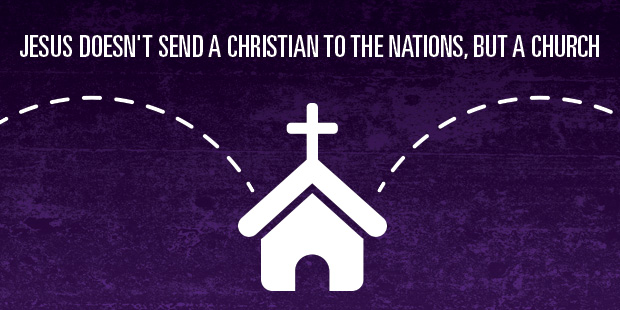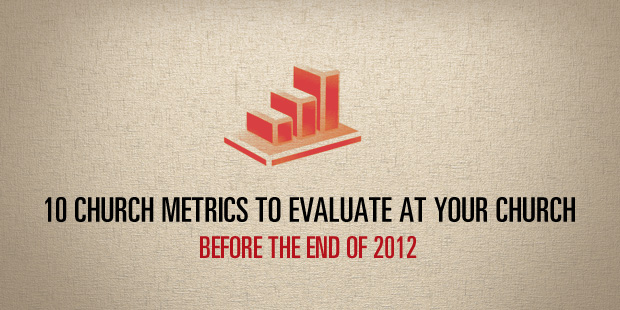Several years ago my wife and I visited Canada, to see my sister and brother-in-law. While in Vancouver, we walked up the infamous Grouse Mountain. Here’s how the walk is described:
“The Grouse Grind is a 2.9-kilometre trail up the face of Grouse Mountain, commonly referred to as ‘Mother Nature’s Stairmaster.’ This trail is very challenging. Keep in mind that there is a wide range of mountaintop trails that might better suit the average hiker.”
As far as short hikes go, this one is indeed challenging – every step of the way is a vertical step – there’s no flat! As the fog set in and my unfit-excuses-for-legs started to strain, I remember thinking “How much longer to go? Are we making any progress?”. And just when I was doubting, we’d come across progress markers like this:

These markers were just the encouragement we needed, and the cause for celebration as step-by-step we progressed towards the finish line.
1.5 hours later we crossed the finish line as the snow started to fall – it was a sweet feeling to have got to the end and then celebrate with lunch by the fire, as the blizzard commenced outside!
Measurements help us to see our progress towards a destination.
We make these kinds of measurements all the time:
- Is all this effort I am putting into healthy eating and exercise helping me lose weight?
- Is the extra study I am doing helping me to have better conversational Japanese?
- Am I any closer to my goal of saving for a deposit for a house?
When there’s no clear destination, and/or when this is combined with a lack of progress markers along the way, it can be very frustrating – in life, and also in ministry.
As Andy Stanley explains:
It is impossible to know if you are making progress if you are not clear about your destination…If you give good people a clear goal, then most of the time they’ll work like dogs to get there. But if the goal is unclear, they’re forced to guess or, worse, decide for themselves what a win really is.
But apart from the risk of frustrating and discouraging people, there are other good reasons to measure progress in ministry. Here’s 5 – I’m sure you can think of more, and I invite you to share them in the comments and as the series progresses.
1. To evaluate if our church activities are actually helping people to mature.
Willow Creek asked this hard question:
Are all the things that we do here at Willow Creek that these people so generously support really helping them become fully devoted followers of Christ—which is our mission—or are we just giving them a nice place to go to church?
It was a question that sparked a lot of soul-searching and prompted some fascinating research.
Activity isn’t necessarily progress. Busyness isn’t necessarily fruitfulness.
But you need to know where you’re progressing in order to evaluate the activity.
Andy Stanley again:
The tendency in business, or in church work for that matter, is to mistake activity for progress. We think that just because people are busy and doing a lot of stuff that we are being successful. The fact of the matter is, if all that activity isn’t taking you where you want to go, then it’s just wasted time.
2. To evaluate how faithfully we’re stewarding the limited resources God has given us.
We don’t have endless resources, and we’re accountable to God for how we use the money, gifts, time and energy he’s given us.
To pour hundreds or thousands of dollars into a ministry may be a great demonstration of faithfulness and trust in God.
Or it could be just unwise and reckless.
Taking measurements, praying hard, and asking hard questions might bring about some realisations:
3. To clarify why we’re doing something.
It’s very easy to lose sight of the purpose of a ministry of program. Why did we start this?
Until you have an objective, every idea is a good idea. If it’s not achieving the goal you set out for it, then it’s time to rethink it.
If the playgroup was started to share the gospel with mothers from the community and this isn’t happening – something needs to change.
4. To give thanks to God for his goodness and kindness.
God is the one who gives growth, and by measuring the growth that God gives, we can give Him the glory for his work amongst us.
The measurements allow us to extend beyond a general “Thanks for the growth” to “Thank you for the 3 people who completed Christianity Explored this year”.
5. To help us pray.
Not only do measurements provide meat on the bones for our thanks to God, they help us to pray.
- Pray for more unbelievers to come to church.
- Pray for more members to be sharing their faith.
- Pray for giving to increase so that more mission partners can be supported.
The purpose of this series
I’ve been asking a lot of ministers how they measure their ministry progress, and while nearly all agree that measuring is a good idea, most are still thinking through how to do it (and lots of very helpful ideas have been graciously shared).
Do we measure attendance? Giving? People in small groups? How can you measure spiritual growth (I think there are ways!).
The subsequent posts in this series will explore the measurements we might use for evaluating ministry progress in the local church.
Keeping in mind it’s not about us, and it’s all about Jesus. May many more people come to know him. May we never boast in anything but the cross of Christ.
I pray this series will be helpful for you.
Read Part 2 here.
Read more from Steve
here.

Tags: Assimilation, Evangelism, Multiplication, Steve Kryger
|
What is MyVisionRoom? > | Back to Process >


































